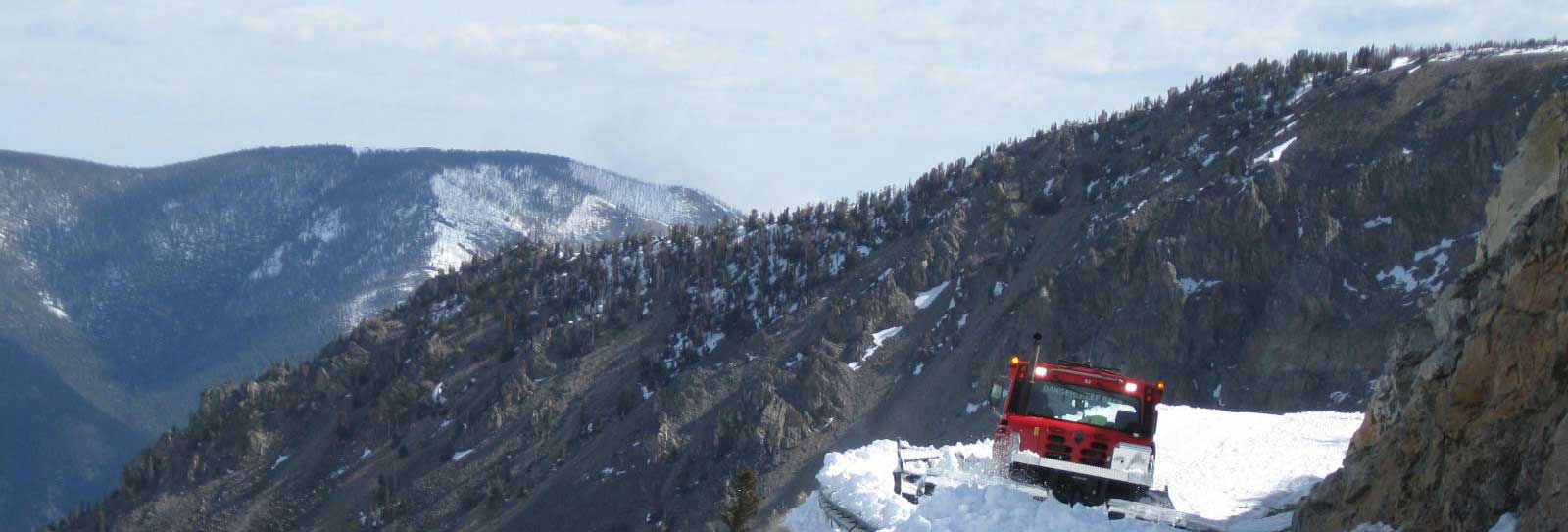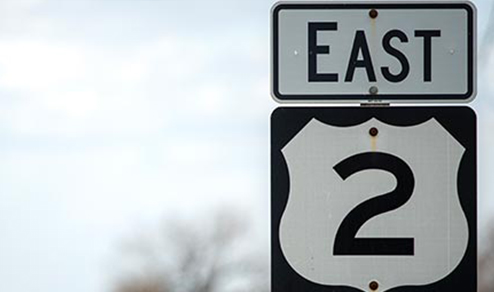
Project Overview
The Montana Department of Transportation (MDT) and Great West Engineering will rehabilitate six miles of US Highway 2 (US 2) between Chinook and Zurich to enhance roadway safety features and provide a wider driving surface.
The project begins at the east edge of Chinook (near Illinois Street) and ends at the Battle Creek Bridge, six miles east of Chinook and three miles west of Zurich.
This project aims to accommodate future traffic increases and heavy truck travel, enhance safety features, and extend the service life of the roadway.

Click to view a larger image.
MDT is proposing the following improvements to the project:
- Widening of US 2 to achieve a 40-foot top-width roadway with two 12-foot lanes with 8-foot shoulders.
- Flattening of highway side slopes to enhance safety and meet current standards.
- Replacement of 10 bridges and drainage/irrigation structures within project limits.
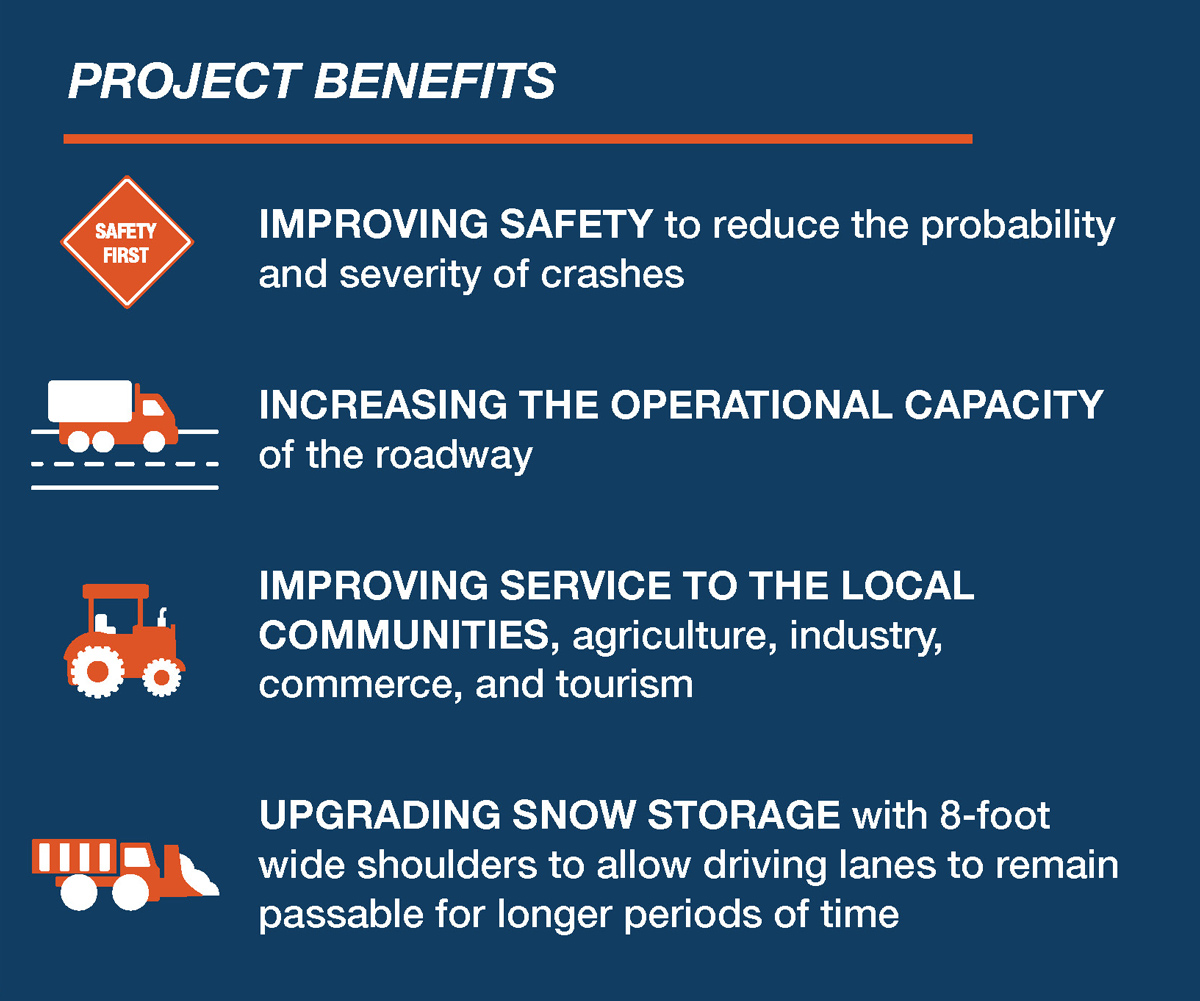
Project Timeline
- Survey Phase, 2020 - 2023
- Collection of all field data, including environmental, hydrological, soil conditions, utility, and survey information, to guide the design
- Preliminary design of bridge replacements and the road alignment
- Design Phase, 2023 - 2024
- Design the horizontal and vertical alignment of the highway
- Develop bridge design; existing bridges will be replaced by a combination of new bridges and new large culvert structures (i.e., box culverts)
- Design irrigation facility replacements and relocations
- Reconstruction of the existing turn lane at Elloam Road will be included in the design
- Right of Way Phase, 2024 - 2026
- Secure all the necessary land to build the roadway
- Finalize design and prepare detailed plans for construction
- Anticipated Construction Phase, Beginning 2028
Environmental Factors
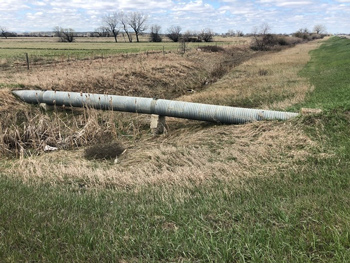
The Chinook East project is located in the Milk River, Lodge Creek, and Battle Creek floodplains, and the design will ensure that the highway reconstruction does not worsen flooding. The project will also include wetland mitigation to address unavoidable impacts to wetlands and other aquatic habitats.
MDT will also undertake the Wildlife Accommodation Process, which will determine if features are needed to mitigate the effects of the infrastructure on wildlife. These features minimize barriers to wildlife movement and reduce the potential for wildlife-vehicle conflicts. The elements that will be considered for this project include bridges and large box culverts that allow wildlife passage under the highway, fencing along the right-of-way, and wildlife crossing warning signage.
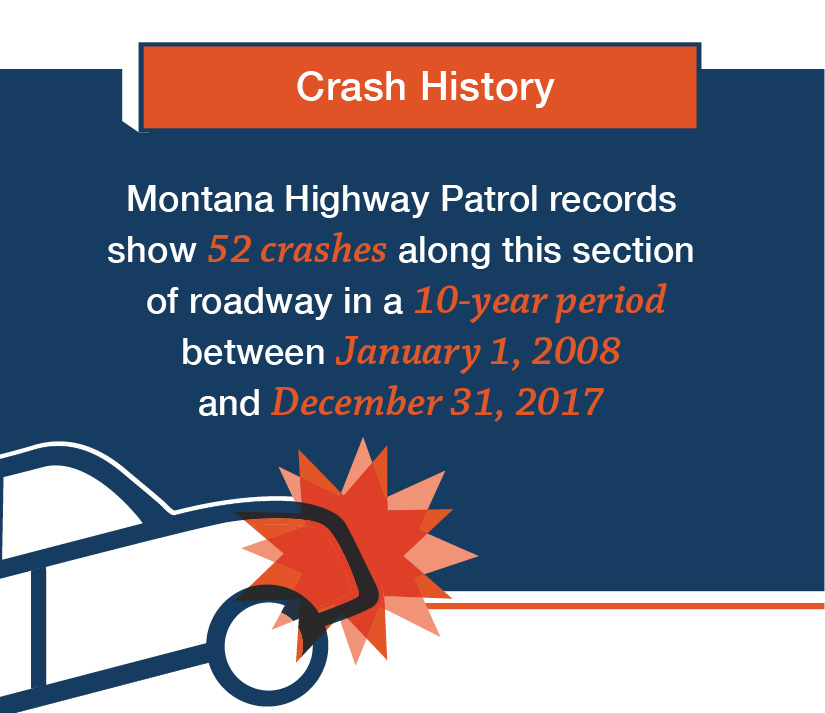
Vision Zero
MDT has undertaken an ambitious goal through Vision Zero, and that is to eliminate deaths and serious injuries on Montana’s highways. One way MDT is working towards Vision Zero is through the engineering of Montana roadways to ensure Montana’s thousands of miles of state roads and highways are built and maintained with safety as the first concern.
Without good roads, bridges, and intersections, traveling safely and efficiently through Montana would be difficult. Not only would more deaths and injuries occur, but it would also be harder to do business, visit family, and organize community events. MDT is committed to providing transportation systems and services that are safe and affordable, protect the environment, and support economic growth for Montana.
Impacts to the Public
Design Phase (Minimal Public Impact)
- Periodic traffic control measures with reduced speeds and flaggers during fieldwork.
- Geotechnical work, with test holes bored into the existing highway and right-of-way, to establish the soil conditions underneath and adjacent to the roadway to determine the thickness and design of the new roadway section.
Construction Phase
- Anticipate one-lane traffic with flaggers during regular work hours and two lanes open during nights and weekends.
- Detours built to accommodate the replacement of bridges will reroute traffic onto gravel sections either north or south of the highway.
UPN 9540000
